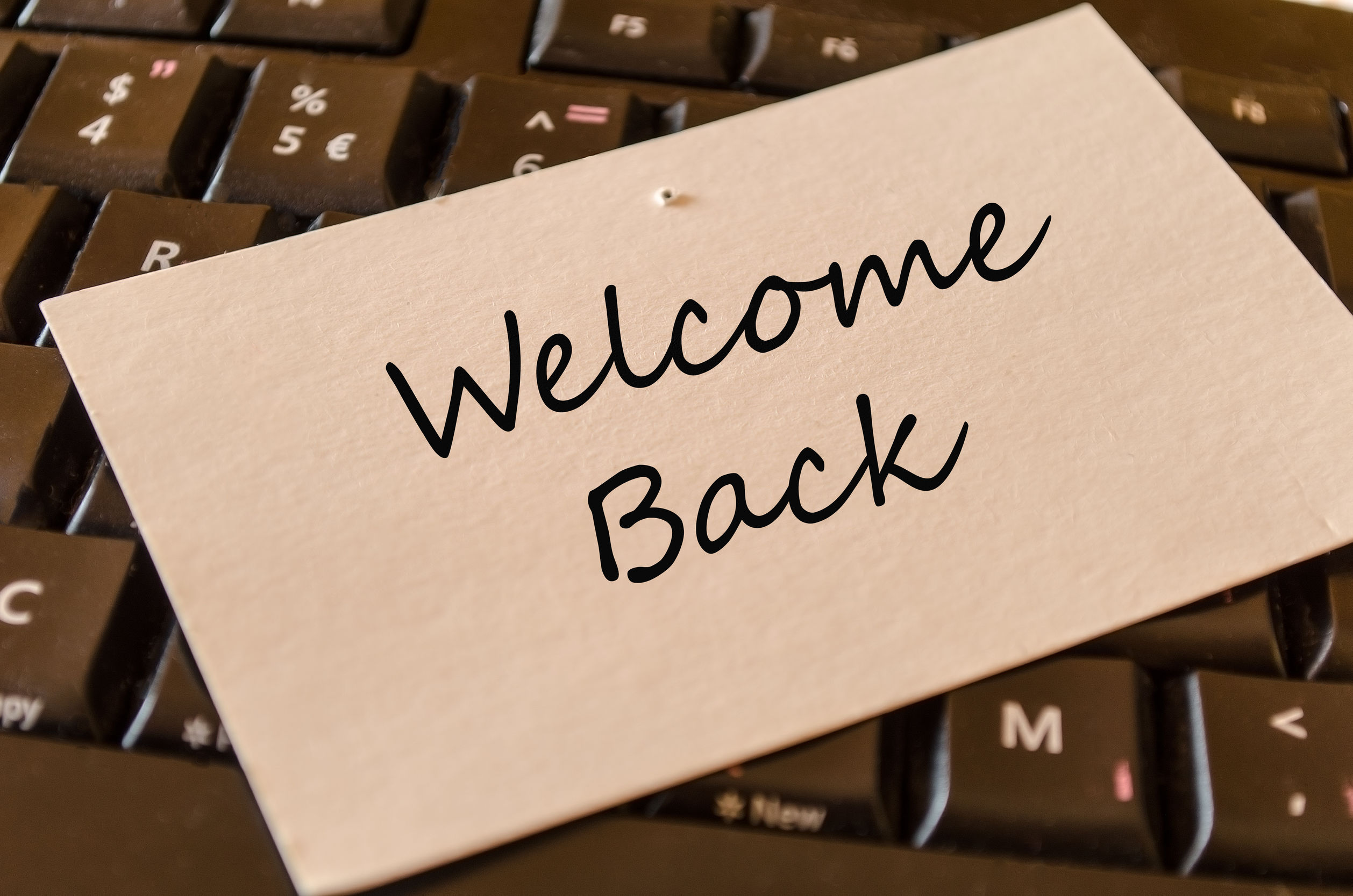Creating an internal task force around return to the workplace
A look at how communicators are navigating this complex issue.

Many organizations have taken a wait-and-see approach around plans to return to the office, particularly as COVID-19 cases spike some states.
Whether a percentage of your workforce has returned to the office, or will remain remote in the short or long-term, this is an issue that employees have questions around—and you need to be prepared to answer.Regardless of your organization’s timetable to returning to the physical office, waiting to create an internal task force on this issue is not recommend. Preparation, regardless of when the return will happen, is critical.
J.J. Keller & Associates, Inc., a Wisconsin company that advises organizations in creating safe, productive and compliant workplaces, originally developed a comprehensive pandemic plan during the H1N1 pandemic, says Susan Baranczyk, corporate communications strategist. This was last updated in January of this year when coronavirus began to spread.
Before the pandemic, 400 of J.J. Keller’s 1,500-strong workforce already worked at home. During the stay-at-home order in its home state of Wisconsin, the company extended that to 90% of the workforce. Even as that was happening, J.J. Keller was already drawing up the return-to-work protocols and preparing for developments further on.
“If there’s a lesson there,” Baranczyk says, “it’s always to be thinking ahead of that next step and preparing for what’s next, even when you’re in the midst of what seems like a crazy time.”
To prepare for the return to work, J.J. Keller formed a cross-functional crisis response team that includes the chief financial officer (who oversees finance as well as risk and compliance), the senior vice president of marketing, the VP of human resources and associate services, the VP of manufacturing and supply chain, the director of information technology, the senior environmental health and safety manager, and Baranczyk herself.
Back-to-the-workplace planning teams should represent diverse internal demographics as well, says Michael Bush, CEO of Great Place to Work. Beyond the required executives and department heads, look for other ways to broaden your perspective. Bring in men and women, parents and singles, white-collar and blue-collar workers. Ask those caring for elder parents, and those with kids underfoot.
This diversity helps you marshal the experience of your entire workforce, Bush says. A parent can provide the viewpoint of those struggling with childcare issues. A straphanger might offer executives a dose of reality about trying to isolate while commuting by train.
“Organizations should do the best they can to make sure they have voices at the table to represent everyone,” Bush says.
As organizations plan, communications must have a seat at the table, says Christy Ingle, vice president of corporate communications at CBRE, an international real estate and investment firm. Communicators play an essential role in drawing up the operations playbook, and therefore must be in on planning from the beginning.
“Communications is a critical component of everything we’re doing, starting with our core committee that has been working on our reopen our office initiative,” Ingle says.
By April 14, J.J. Keller was already sharing its return-to-work messaging through several channels, starting with an all-hands email update from the president and CEO, Rustin Keller. Baranczyk’s team also shared all COVID-19 related communications on the intranet, and a Coronavirus Preparedness Resources webpage.
Later, the vice president of HR communicated through various channels as the company underscored several points:
- J. Keller would take a cautious pace in returning to the office because employees were successfully working from home, Baranczyk says. The company made clear it was operating out of an abundance of caution, to protect its staff.
- When the state allows “nonessential workers” to return to work, J.J. Keller reported it would let its associates return in waves starting in July and August, and weeks apart. Each leader will make sure there is appropriate physical spacing between workers.
- The company also polled its people about how they felt about working from home, and whether they would like to continue to do so. About a third of employees said they like working from home better, and 40% saw pros and cons of each method.
Given the interest level, the company said, “If you would like to work from home on a permanent basis, talk to your leader and start filling out your paperwork now,” Baranczyk says.
Because of the number of those who would prefer to keep working from home, the company will be able consolidate locations for office space, Baranczyk says.
“As associates are returning to the workplace,” Baranczyk says, “are you already planning for what things will look like if there is a pandemic relapse in fall?”
This is an excerpt taken from our Back to the Workplace Guide and filled with guidance on how to prepare your return-to-office playbook, with full playbooks from organizations including Ford, Tesla, Dow, IBM, Kaiser Permanente and more.






